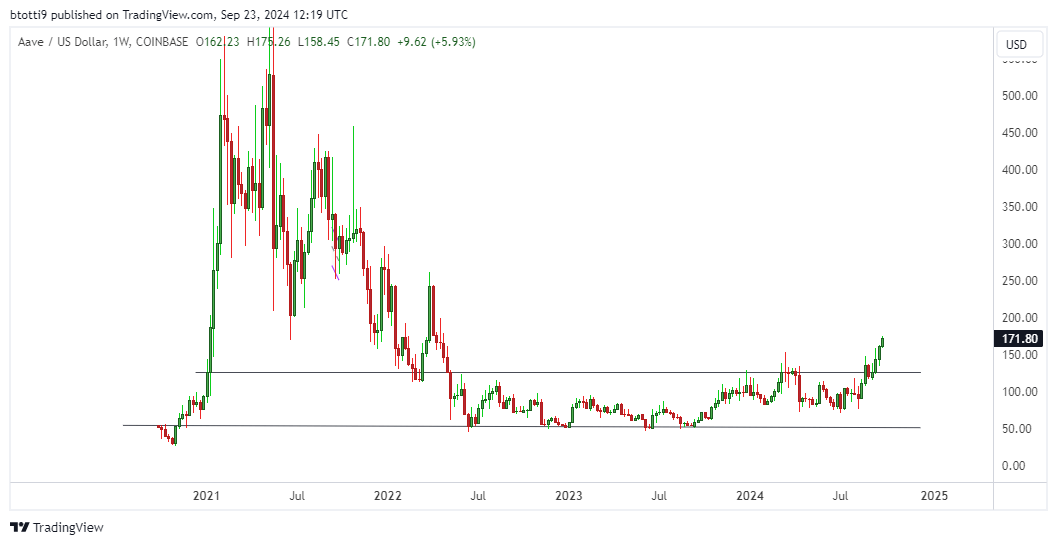- The Hamster Kombat airdrop has been touted as one of the largest in crypto history
- The airdrop will distribute 60 billion HMSTR tokens
- The Hamster Kombat team rejected VC offers, ensuring token value is driven by community demand
The Hamster Kombat team has announced that only 43% of its players qualify for the highly anticipated season one airdrop, generating significant buzz in the Web3 community.
With a user base exceeding 300 million, only 131 million players have met the eligibility criteria for the airdrop scheduled for September 26.
This announcement follows the ban of 2.3 million users for cheating after the game introduced an anti-cheating strategy, underscoring the game’s commitment to maintaining a fair environment.
The Hamster Kombat airdrop
The Hamster Kombat airdrop will distribute a staggering 60 billion tokens from a total supply of 100 billion Hamster Kombat (HMSTR) tokens.
In a bid to foster community engagement, the team has allocated 75 billion tokens to community members, with 60% of the total supply set for distribution after season one with the remaining 15% scheduled for distribution in the upcoming season two.
Eligible players can expect to receive 88.75% of their allocated tokens immediately, while the remaining 11.25% will be vested and released 10 months post-listing on exchanges. This means that approximately 53.25 billion tokens will be distributed instantly, with an additional 6.75 billion to follow 10 months later.
The airdrop is being hailed as the largest in crypto history, emphasizing its significance in the rapidly evolving landscape of digital currencies.
Hamster Kombat’s meteoric growth
Hamster Kombat has experienced meteoric growth, recording 239 million users within its first 81 days of launch on Telegram.
The game’s success has drawn attention from industry leaders, including Telegram’s founder Pavel Durov, who believes it could significantly contribute to Web3 adoption by onboarding millions of new users to the crypto space.
However, despite Hamster Kombat’s impressive user numbers, the reality of the airdrop has raised questions about the fairness of token distribution. With only 43% of players qualifying, many are left wondering what this means for the game’s long-term sustainability and community dynamics.
In a proactive move, the Hamster Foundation has rejected offers from venture capital firms, ensuring that no early investments will influence the token’s market value.
The team asserts that HMSTR’s worth will be determined solely by supply, demand, and community interest, aiming to create a more equitable playing field for all participants.
As the countdown to the airdrop begins, players and crypto enthusiasts alike are watching closely, eager to see how this unprecedented distribution will impact the future of Hamster Kombat and the broader Web3 ecosystem.
The post Hamster Kombat reveals only 43% of its players will receive the tokens in airdrop appeared first on CoinJournal.



